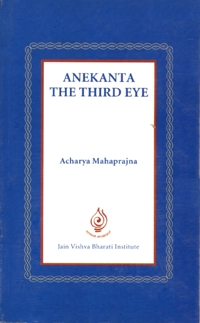
In life many opposing problems arise. Their solution can be found only in anekanta. If our view is anekantic and we look at opposing views from varying angles, then we can find the solution. But conflict becomes inevitable if we do not look at truth from a truthful perspective, and at reality from a realistic perspective or the two opposing truths from two different perspectives. In such a situation, no reconciliation is possible. One single perspective does not harness all truths. The best and sure way of avoiding conflict is to recognize that in the affairs of the world conflicting pairs are always at work. Along with that, it is also essential to understand that these opposing pairs work simultaneously, they co-exist. Winter and summer co-exist. The cycle of seasons works. After winter comes summer and after summer comes winter. This is an exception. And yet the two, summer and winter co-exist. What we think of as summer is also winter and what we think of as winter is also summer. It is a different situation when light comes after dark and dark after light. Similarly the coming of day after night and night after day is another question. According to anekanta the day and night move together. Darkness and light exist together. In this hall, small print cannot be read. The one who tries to read them will feel the hall is dark. I ask "Where is darkness? I am seeing you, you are seeing me. All the objects of the room are visible. Without light they would not be visible. There is light here." But there is not that much light as is required to read small print and so it is said that the room is dark. Light and darkness co-exist. Both are relative. They cannot be separated.
 Acharya Mahaprajna
Acharya Mahaprajna
